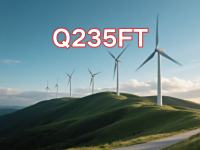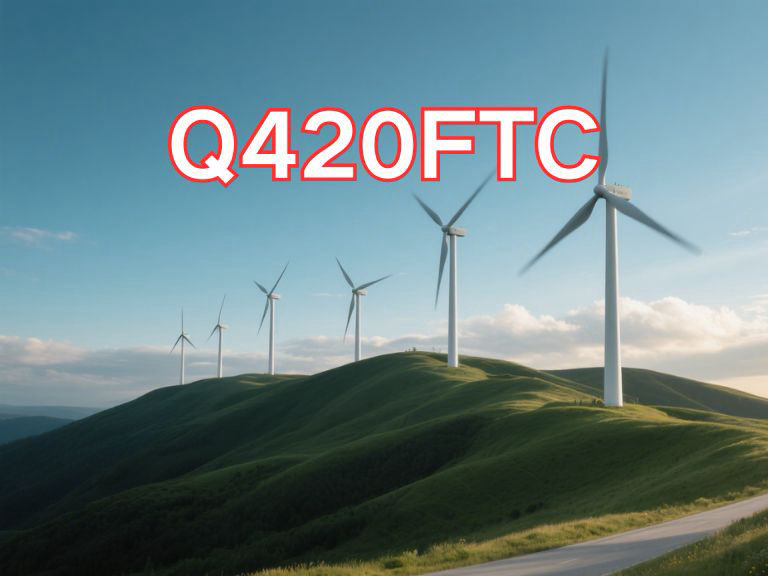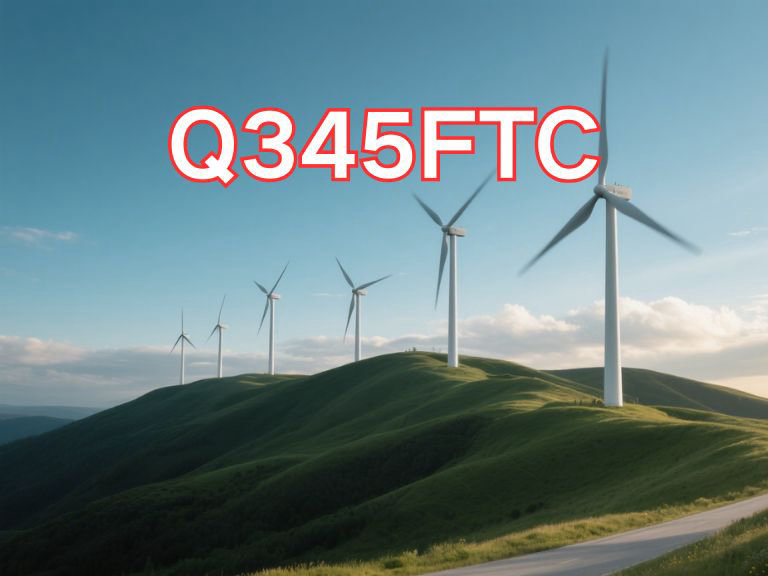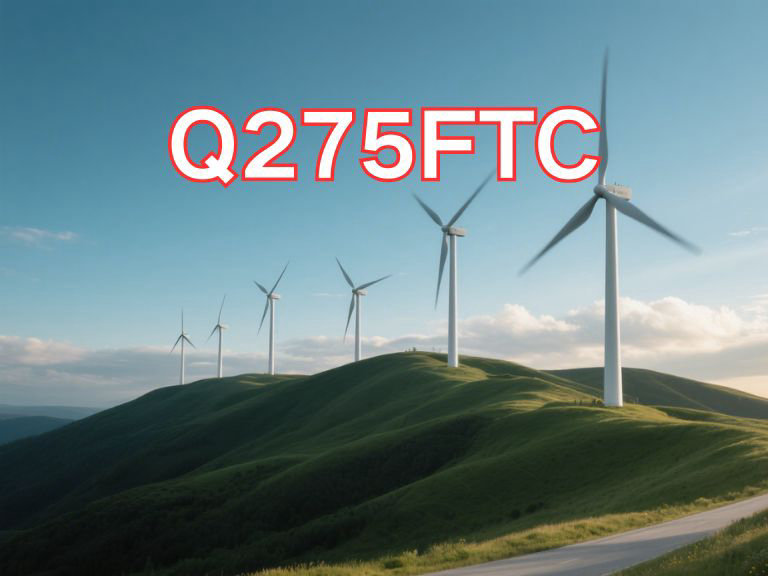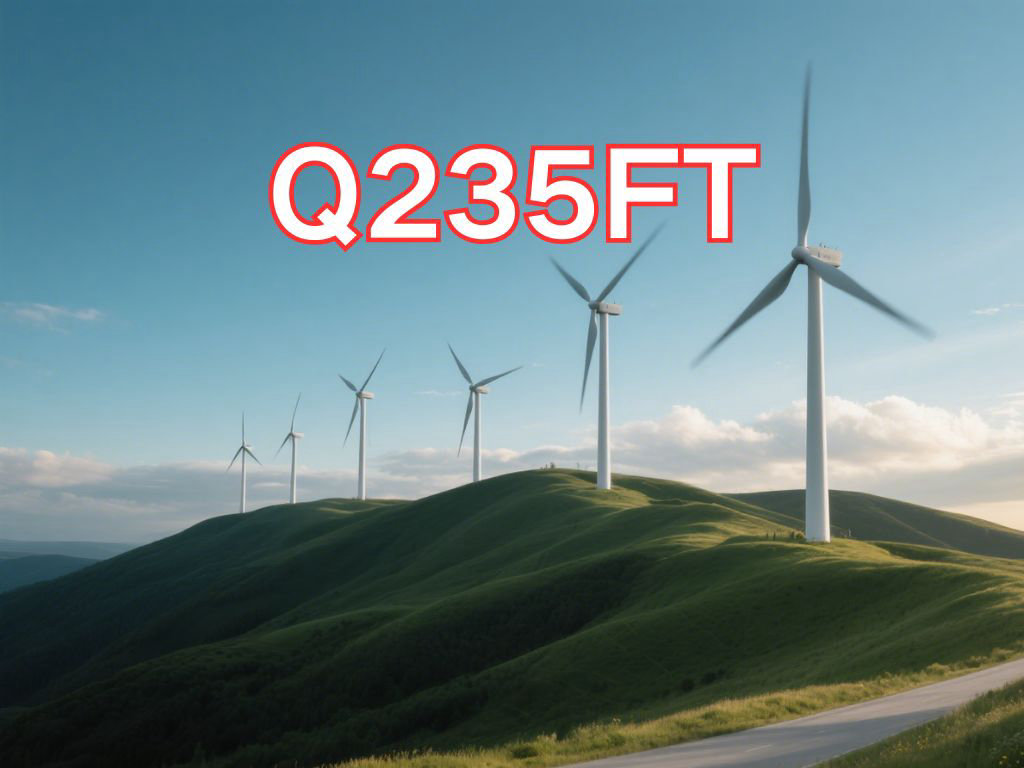

Q235FT Steel Plates
Q235FT is a steel plate for building structures conforming to GB/T 28410-2012, with a yield strength of 235 MPa. This steel grade, based on Q235, incorporates requirements for atmospheric corrosion resistance (where "T" stands for "Weathering"), making it suitable for building structures requiring resistance to atmospheric corrosion.
Grade Designation
Q: The first letter of the pinyin "Qu" for "Yield" strength in Chinese.
235: Indicates the minimum yield strength value is 235 MPa.
F: Represents the deoxidation method as "Boiling Steel". This indicates the steel is produced by incomplete deoxidation, resulting in lower production costs.
T: Stands for "Weathering Steel", meaning steel with resistance to atmospheric corrosion. This is the key difference from ordinary Q235 steel.
Physical Properties
According to the GB/T 28410-2012 standard, the mechanical property requirements for Q235FT are as follows:
Yield Strength (ReH): ≥ 235 MPa
Tensile Strength (Rm): 370 ~ 500 MPa
Elongation after Fracture (A): ≥ 23% (specific values may vary depending on thickness)
Impact Toughness: Depending on the quality grade, Charpy V-notch impact tests are required at specific temperatures. For example, grades D and E must be tested at -20°C or lower, with a guaranteed impact energy (KV2) ≥ 27J.
Chemical Composition
According to Table 1 of the GB/T 28410-2012 standard, the main chemical composition (mass fraction %) requirements for Q235FT are as follows:
Carbon (C): ≤ 0.18%
Manganese (Mn): 0.50% ~ 1.40%
Phosphorus (P): ≤ 0.030% (grades B, C) or ≤ 0.025% (grades D, E)
Sulfur (S): ≤ 0.025% (grades B, C) or ≤ 0.020% (grades D, E)
Silicon (Si): ≤ 0.50%
Aluminum (Al): ≥ 0.015% (used for deoxidation)
Nitrogen (N): ≤ 0.012%
Other Elements: The standard also specifies upper limits for microalloying elements such as Nb, V, Ti, Mo, Cr, Ni, and Cu to ensure weathering resistance and overall performance.
Application Fields
Q235FT is primarily used in building structures that require resistance to atmospheric corrosion, such as:
Roof and wall panels of large-span steel structures.
Components of bridges, elevated roads, and overpasses exposed to the atmosphere.
Shells of outdoor equipment such as storage tanks and towers.
Outdoor steel structures that require no painting or reduced maintenance painting.
Testing and Production Methods
Production Method: Produced by basic oxygen furnace or electric arc furnace smelting, incomplete deoxidation (boiling steel process), followed by hot rolling.
Testing Methods:
Mechanical Properties: Tensile test per GB/T 228.1, impact test per GB/T 229, sampling per GB/T 2975.
Chemical Composition: Analyzed per GB/T 223 series or GB/T 4336 standards.
Weathering Resistance: May be evaluated through accelerated corrosion tests (e.g., salt spray test).
Dimensions and Shape: Inspected per GB/T 709.
Inspection Rules: Production requires supervision and inspection, and products must pass all specified tests before release.
Similar Grades
Q235FT is a low-alloy high-strength steel with specific weathering properties. There is no exact international equivalent, but the closest in performance are:
American Standard (ASTM): ASTM A588 Grade A/B/C/D (commonly known as Cor-Ten steel), the most famous weathering steel series, with performance comparable to Q235FT.
Japanese Standard (JIS): JIS G 3114 SPCC-C (SPCC-C is a weathering steel, but more oriented towards cold-rolled sheets; a closer match is JIS G 3114 SPHC-C).
European Standard (EN): EN 10025-5 S355J0W / S355J2W (these are weldable structural weathering steels with higher strength grades, but share a similar concept).
Q235FT was first introduced in the GB/T 28410-2012 "Steel Plates for Building Structures" national standard. This standard was published and implemented in 2012, specifically establishing technical requirements for steel plates used in building structures, including grades like Q235FT and Q275FT with the "T" (weathering) designation.

Ultrasonic Testing (UT)
A key non-destructive testing technique that uses high-frequency sound waves to detect internal flaws in steel plates. The probe emits sound waves, which reflect when encountering defects such as cracks or inclusions. The receiver captures the echoes, enabling precise determination of defect location and size. With high sensitivity, strong penetration, and fast inspection speed, UT effectively ensures internal quality, widely used in the production of heavy plates, pressure vessel plates, and other high-end products to guarantee safety and reliability.

Magnetic Particle Testing (MT)
A common surface inspection method that magnetizes the workpiece, causing leakage magnetic fields at surface or near-surface defects like cracks or inclusions, which attract magnetic particles to form visible indications. Simple to operate and highly sensitive, MT is suitable for rapid inspection of surface and near-surface flaws in ferromagnetic materials, widely used for online or offline inspection of plate edges, ends, and welds, ensuring product quality and safety.

Penetrant Testing (PT)
A non-destructive method for detecting surface-breaking flaws. A penetrant liquid is applied to the cleaned steel surface, allowing it to seep into defects such as cracks or pores. After removing excess penetrant, a developer is applied, causing the trapped penetrant to bleed out and form visible indications. Simple and cost-effective, PT is suitable for inspecting surface defects in various non-porous materials, commonly used for welds, castings, and complex components, effectively ensuring surface quality of steel plates.

